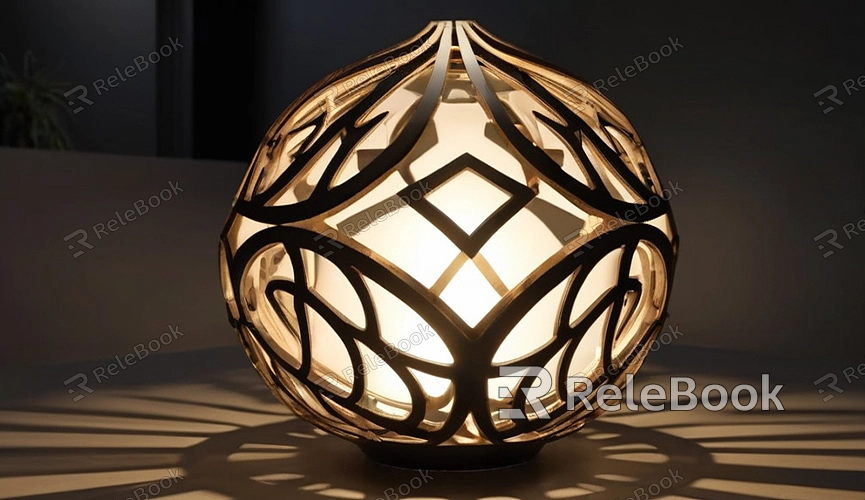How to Emit Light in Blender Render
In 3D modeling and rendering, emitting light can add unique visual effects to your projects, making scenes more vivid. Blender, as a powerful 3D modeling software, offers various methods to achieve object illumination. This article provides a detailed guide on how to emit light in Blender Render, seamlessly integrating tips recommending Relebook for downloading high-quality 3D textures and HDRI resources.

Setting up Emitting Materials
To make an object emit light in Blender, you first need to set up emitting materials. Emitting materials simulate the effect of self-illumination, making objects appear as light sources. Here are the steps:
1. Select Object: Open Blender and select the object you want to emit light.
2. Add New Material: In the "Material Properties" panel on the right, click the "New" button to add a new material to the object.
3. Set Emitting Material: Under the "Surface" option, set the material type to "Emission". Adjust the "Strength" parameter to control the intensity of the emission. Higher values intensify the glowing effect.
4. Choose Color: Click on the "Color" option to choose the color you want for the emission. You can select any color to enrich your emitting effect.
Adding Ambient Lighting
To enhance the emitting effect, you can also add ambient lighting to the scene. Ambient lighting helps create a more natural lighting effect, blending emitting objects better with the surrounding environment.
1. Add Ambient Light: In the "World Properties" panel, click on the "Color" option and select "Environment Texture".
2. Load HDRI Image: Click the "Open" button and choose a High Dynamic Range Image (HDRI). HDRI images provide realistic ambient lighting effects, making your scene more lifelike.
3. Adjust Intensity: Adjust the intensity parameter of the HDRI according to your needs to achieve optimal ambient lighting effects.
Using Lighting Nodes
In Blender, you can use the Node Editor to create more complex lighting effects. The Node Editor offers flexible controls to finely tune emitting effects.
1. Open Node Editor: Switch to the "Shader" tab in Blender and open the "Material Node Editor".
2. Add Emission Node: In the Node Editor, add an "Emission" node and connect it to the material output node.
3. Adjust Parameters: In the "Emission" node, adjust emission strength and color parameters until you achieve the desired effect.
Rendering Settings
After setting up emitting materials, the next step is to configure rendering settings to showcase the emitting effect perfectly.
1. Choose Rendering Engine: In the "Render Properties" panel, select "Blender Render" as the rendering engine. Blender Render provides high-quality light calculations, better displaying emitting effects.
2. Enable Ray Tracing: Under "Ray Tracing" options, ensure "Global Illumination" and "Diffuse Reflection" are enabled. These options help create more realistic lighting effects.
3. Adjust Sample Count: To obtain higher-quality render results, increase the sample count. Higher sample counts result in finer rendering effects, although rendering time will increase accordingly.
Practice and Optimization
Achieving emitting effects requires practice and adjustment. Experiment with different material settings, lighting parameters, and rendering options to find the best solution.
In the Blender community and various tutorial websites, you can find many useful resources and advice to help you master emitting effects implementation.
By setting up emitting materials for objects, adding ambient lighting, and using the Node Editor, you can achieve realistic emitting effects in Blender. This not only enhances the visual appeal of your work but also makes scenes more vivid and realistic.
If you need high-quality 3D textures and HDRI for creating models and virtual scenes, or for 3D model downloads, consider downloading from Relebook. After downloading, you can directly import textures and 3D models into your projects. I hope this article has been helpful, and I wish you success in your journey of 3D modeling and rendering!

